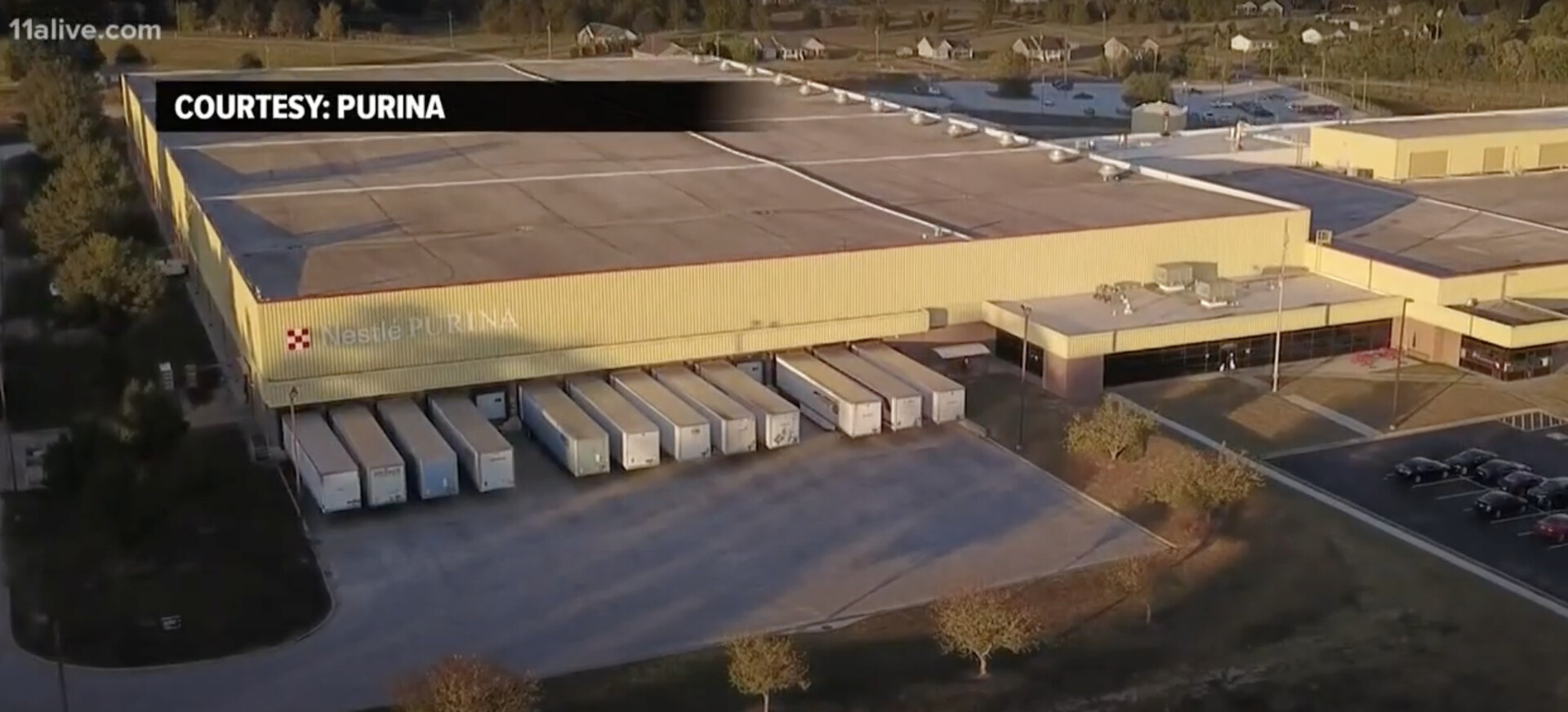Georgia Power loses legal battle over Nestlé’s clean energy demand

After five years of aggressive legal maneuvering, Georgia Power has lost its battle to stop Nestlé Purina from choosing a different Georgia utility that could deliver better renewable energy options to its factory. In doing so, Georgia Power not only lost a major customer, it handed Walton EMC a victory that may open a new pathway for large companies seeking renewable energy options in Georgia.
In 2019, Georgia Power filed a complaint at the state Public Service Commission against Walton EMC, a Georgia-based cooperative, alleging the co-op violated the Territorial Electric Service Act by supplying electricity to Nestlé Purina. Nestlé wanted to power its pet food manufacturing facility with 100% renewable energy and determined Georgia Power’s offerings were not “viable.”
Georgia Power’s clean energy failure cost it a major customer
In 2017, Nestlé Purina acquired a long-dormant textile facility in Hartwell, Georgia with plans to build a wet pet food manufacturing plant. Nestlé Purina said that the $300 million facility would create approximately 240 jobs, and that the company needed access to 100% renewable energy to meet Nestlé’s climate commitments. Georgia Power offered no viable option for achieving 100% renewable energy, according to Nestlé.
Nestlé then exercised its right under Georgia’s Territorial Act to choose its electric provider. The law allows large-load customers, with a connected load more than 900 kW at a “new premises” to select their electric provider, if the premises are not already covered by another utility’s grandfathered service rights.
Georgia Power argued that the Hartwell site was not a new premise. The company had provided service to a former textile facility at the site since 1991, and it said that despite the new ownership and extensive renovations, Georgia Power claimed the plant remained fundamentally the same and thus under its exclusive service territory.
Nestlé had demolished large portions of the old facility, replaced critical systems such as electrical, air handling, and wastewater, and added 120,000 square feet of new construction. It also rebuilt much of the roof, gutted internal structures, and installed new equipment tailored to food-grade manufacturing.
In 2020, Georgia Public Service Commission (PSC) noted the “countless differences” between the former and renovated site, and concluded the changes transformed the site to a “new premises” under the law.
The utility filed a judicial appeal in Fulton County Superior Court, arguing the PSC had misapplied the law. The case reached the Georgia Supreme Court, which ultimately upheld the PSC’s decision earlier this year.
Georgia Power’s Corporate Clean Energy Stumbles Continue
Nestlé isn’t the only company that has found Georgia Power’s clean energy offerings lacking. In recent years, multiple major corporations with operations in Georgia have publicly clashed with the utility over its failure to deliver cost-effective, customer-driven renewable energy.
When Hyundai committed to powering its $5.5 billion electric vehicle plant in Georgia with 100% renewable energy, the company turned to Texas to secure its clean energy, rather than any renewable energy produced or consumed in Georgia. The automaker signed a 15-year power purchase agreement with Matrix Renewables to purchase 147 MW of generation capacity from the Stillhouse Solar Project in Bell County, Texas, securing approximately 378 GWh of electricity annually and anticipating a yearly reduction of 140,000 tons of carbon emissions.
Microsoft, aiming to be carbon negative by 2030, told regulators that Georgia Power’s proposed energy mix would lead to a more carbon intensive grid than necessary. In comments filed with the Georgia Public Service Commission, Microsoft criticized Georgia Power’s 2023 Integrated Resource Plan Update, stating that Georgia Power’s approach was “undervalu[ing] renewable energy’s contribution to meeting energy and capacity needs and resource adequacy.”
Even the U.S. Department of Defense (DOD) called Georgia Power’s long-term plans “backwards” and said that they would hinder the federal government from meeting its own carbon-free electricity targets by 2035. The DOD claimed Georgia Power was ignoring opportunities to develop clean power for existing customers and it asked the Commission to increase the cap of a renewable energy program it wanted to use. The Commission ignored the request.
Consequences of Years of Feet Dragging
Georgia Power has spent years slow-walking the clean energy transition. It has fought community solar, capped solar deployment, and opposed proposals to scale residential solar. As electric demand surges, driven primarily by data centers, electric vehicle plants, and manufacturing growth, the consequences of Georgia Power’s clean energy delay are that the utility is resorting to more expensive fossil fuel resources. Rather than available clean capacity, Georgia Power has resorted to extending the life of coal-fired power plants and building new methane gas power plants. In 2023, the company sought permission to add 1,400 MW of new methane gas capacity and delay the retirement of at least 750 MW of existing coal, citing the unexpected speed of demand growth.
Header image source: Purina via 11Alive.com


